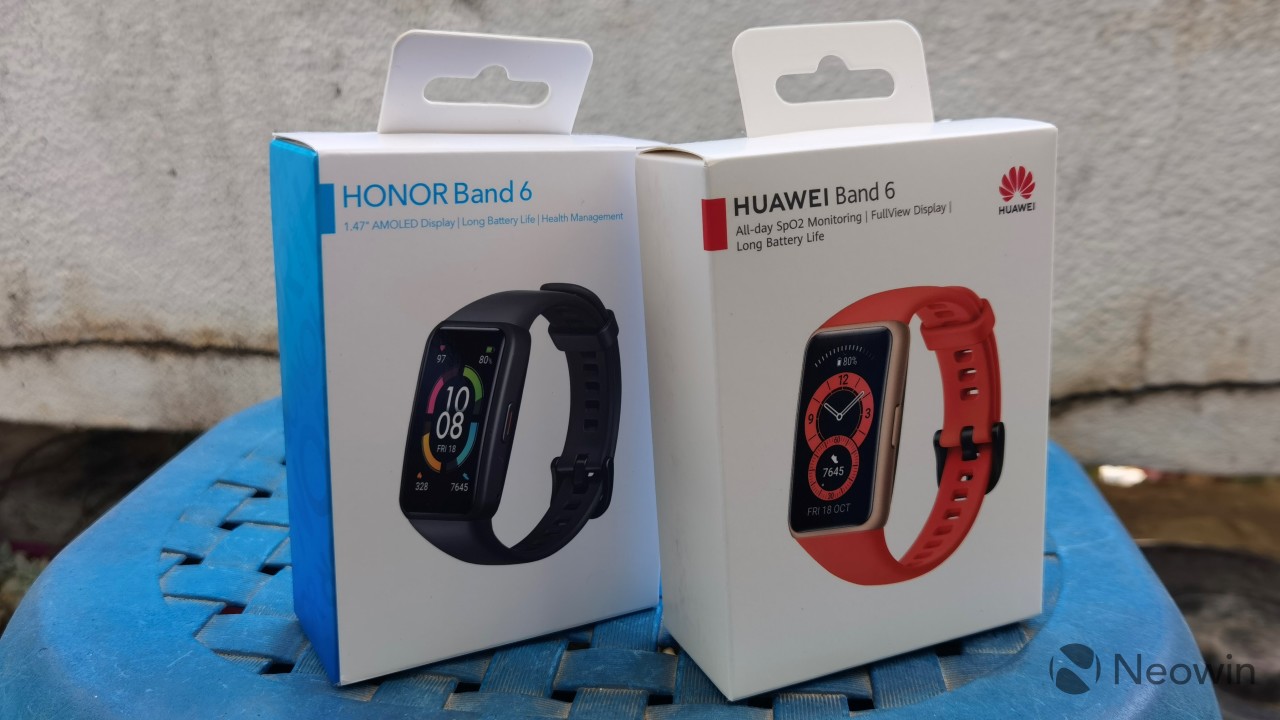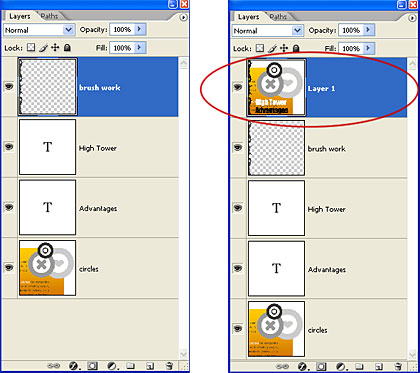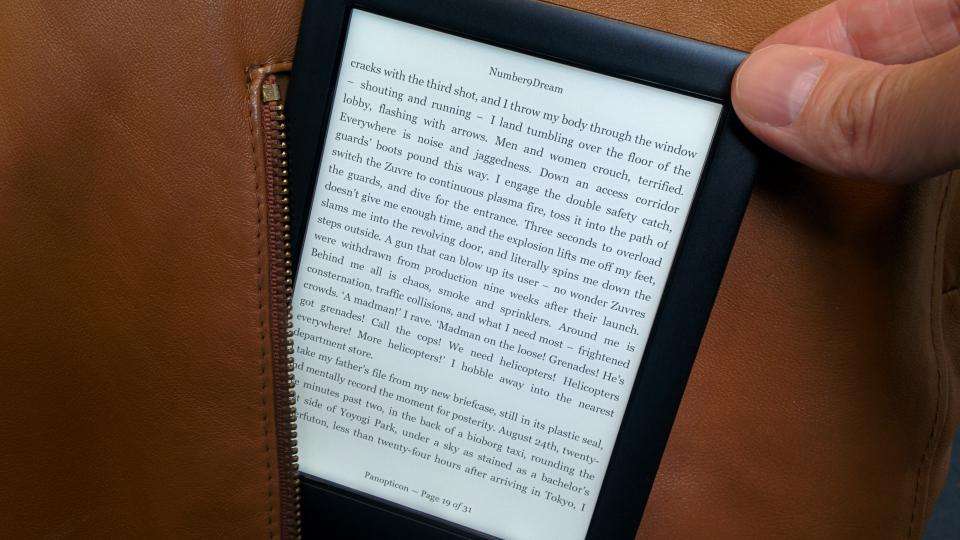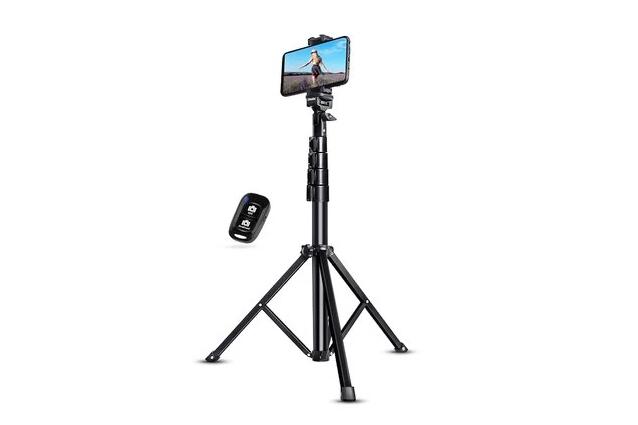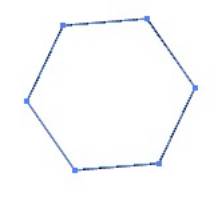The correct smartwatch may make or destroy your training as a dedicated runner. It's more than simply style; it's about function, accuracy, and endurance. With so many features accessible, it is easy to become overwhelmed. However, not all features are worth the hype. Runners require particular equipment to help them perform, measure their progress, and improve their overall safety while on the go. Whether you're pursuing a marathon PR or recording everyday kilometers, knowing what matters most will save you time and money. This article delves into the critical wristwatch features that any serious runner should seek, based on actual user demands, not marketing hype.
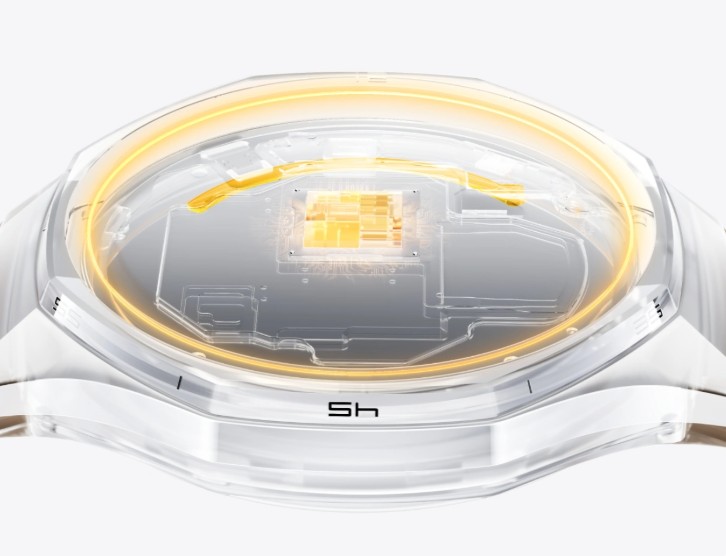
What Tracking Features Matter Most for Runners?
Accurate GPS and Multi-Band Positioning
Serious runners cannot go without precise position monitoring. GPS accuracy guarantees that your pace, distance, and route statistics are reliable—essential for interval training and race preparation. Multi-band GNSS (Global Navigation Satellite System) compatibility improves this by connecting to various satellite systems (such as GPS, GLONASS, and Galileo) simultaneously, minimizing signal errors in densely populated areas or forested routes. Watches employ this technology to ensure lock-on precision even under harsh conditions. Multi-band GPS is an essential feature for runners exercising on uneven terrain or in urban canyons to guarantee that each stride is accurately tracked.
Heart Rate Monitoring and VO₂Max Tracking
Heart rate tracking is essential for determining your exercise intensity. An accurate optical sensor prevents overtraining by monitoring real-time effort levels. VO₂Max estimations, based on heart rate and speed, are a reliable predictor of endurance progression. Smartwatches employ sophisticated biometrics to predict recuperation time, training load, and aerobic thresholds. This allows runners to modify training for specific goals, such as fat loss or threshold runs. For individuals who follow heart-rate zones or are developing a basis, these insights guarantee exercises are effective and securely linked with fitness objectives, rather than guessing.
Advanced Pace, Distance, and Cadence Metrics
Advanced analytics are valuable tools for runners looking to enhance their form and race strategy. Pace tracking promotes a steady effort, particularly during tempo or long runs. Accurate distance measurement is critical, but cadence—steps per minute—is sometimes disregarded. A cadence of 170-180 is deemed efficient, and smartwatches can inform you if you're off goal. Some versions even measure stride length, ground contact duration, and vertical oscillation to improve biomechanics. Brands such as Huawei excel in this area. These characteristics are especially useful during race preparation or injury rehabilitation, since they provide detailed information that allows for tiny tweaks to result in large performance increases over time.
Do Battery Life and Build Quality Affect Performance?
Long Battery Life for Daily Runs and Race Days
A smartwatch is useless if it fails while running. Battery life is important, particularly for long-distance runners and those training for marathons or ultramarathons. Look for watches that provide at least 20 hours of GPS use and have extended battery or low-power modes. Daily runners also benefit from watches that may last more than a week on a single charge, eliminating the need to regularly plug in. Battery performance has a direct impact on tracking dependability; if it fails, so does your data. Consistent performance requires power that lasts when it counts.
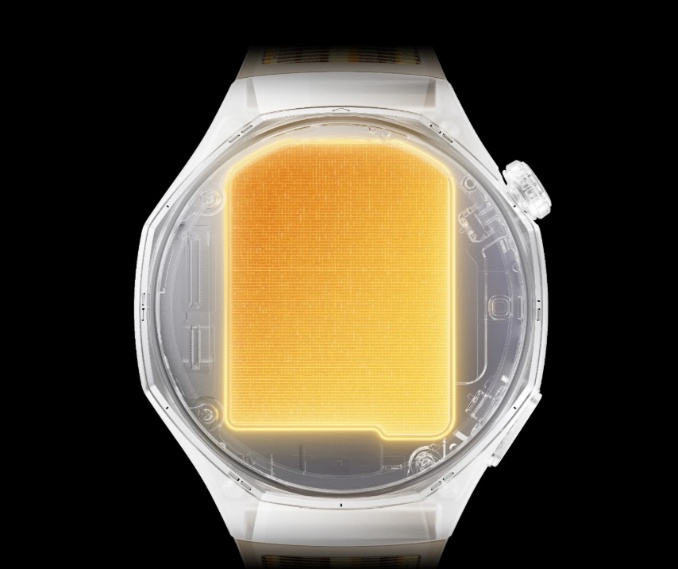
Durable, Lightweight, and Sweat-Resistant Design
Rain, heat, long hours, and constant movement put runners' smartwatches to the test. A lightweight, low-profile design reduces wrist fatigue during prolonged workouts. Materials such as titanium or reinforced polymer minimize weight while maintaining durability. Sweat and water resistance (preferably 5 ATM or above) safeguard the gadget from moisture and splashes. Buttons should function properly even with wet fingers or gloves. These design characteristics ensure that the watch not only survives the workout, but also operates well under strain and in any weather.
Comfort, Screen Visibility, and Safety Features
Comfort may make or break your relationship with a smartwatch. Runners use them for hours; the tight straps chafe, and the hefty versions slip excessively. A tight yet breathable band and a timepiece weighing less than 50 grams are perfect. Visibility is important too. A bright AMOLED or transflective display makes stats readable in direct sunlight or at night. Watches such as the Huawei GT6 Pro include always-on display modes and customisable info panels. Safety features such as fall detection, emergency SOS, and live monitoring are critical for solitary runners. These provide peace of mind and enable real-time communication with loved ones. Comfort and visibility have a direct influence on usefulness during each run.
Conclusion
Smartwatches have evolved significantly, but only a few capabilities are actually beneficial to dedicated runners. Precision GPS and enhanced tracking metrics provide valuable training data. Accurate heart rate and VO₂Max analysis improves intensity and recovery. Strong battery life, sturdy build, and real-world comfort ensure that your device—and its performance—remain constant. While many watches boast dozens of functions, runners should prioritize tools that support pace, endurance, safety, and durability—especially during trail running where conditions can be unpredictable. Whether you're pursuing podiums or personal bests, a watch with these specific characteristics will improve your run. Do not settle for showy embellishments. Invest in what will allow you to go farther, quicker, and smarter.

